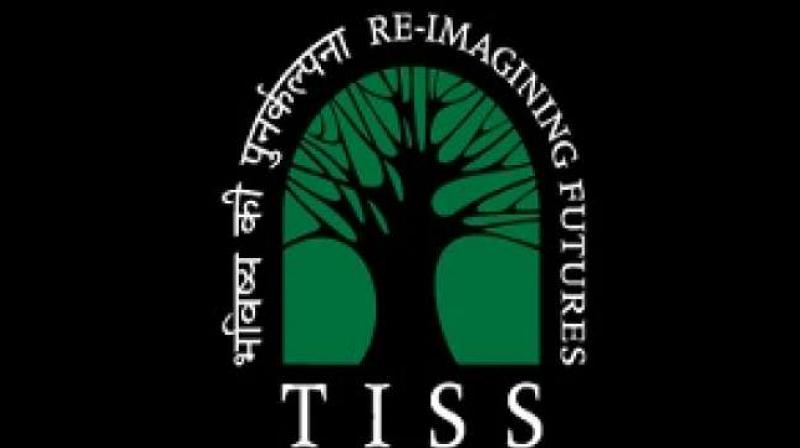Hyderabad: Only 5 per cent youths in India get vocational education
Government must give more attention to this sector, says TISS report.

Hyderabad: Vocational education has not received the attention it deserves according to the latest study by the Tata Institute of Social Sciences (TISS), Mumbai. It says that less than five per cent of the workforce in the age group of 19-24 receives formal vocational education, whereas in some of the developed countries it is higher, 96 per cent in South Korea, 75 per cent in Germany and 52 per cent in the US.
These courses are one of the ambitious schemes introduced by the Kothari Commission to attract students towards being admitted into colleges. However, the scheme has not been able to get traction. Last year only 72,000 or 2.7 per cent of the total two million high school students enrolled in job-oriented courses, which was nowhere near the target of 50 per cent.
“It is important to ensure that besides receiving practical skills training, students receive holistic education in which hands-on practical training is supplemented with theoretical knowledge as well as other courses that provide essential life skills,” said the TISS case study report titled ‘Scaling vocational education’.
There are many types of vocational courses, some traditional and others that are based on the needs of industry. Some of the courses which are provided in the higher education are agriculture, automotive, electronics, healthcare, media and entertainment, pharmaceutical, printing and packaging, and renewable energy, as also the more popular, banking, financial services and insurance.
K Nagaraju, lecturer in a vocational training institute in the city, says some of the vocational and technical courses are not helping students to be up to date with what industries require. Representatives of the Industrial association also say that the quality of training is not up to the mark in vocational and technical training institutes and the students that come out of these institutes are not employable.
An official from the Department of Employment and Training, Telangana, pointed out that students are not willing to join these courses because these courses are unable to guarantee employment. There should be better co-ordination between industrial needs and the training provided by the institutes.
Research by Technopak, reveals that historically, the training for vocational streams has been through apprenticeships or on-the-job training, where the learner also earns a stipend. Therefore, the learner is generally averse to the idea of paying for training which might only fetch him similar employment opportunities. In most cases, the learner comes from an economic background which makes it hard to afford the cost of training. However, direct employment opportunities for students who pursued these courses are not high in the formal sector.
The TISS report also revealed that ITIs or Industrial Training Institutes and polytechnic that have been largely responsible for offering vocational education in the country, have not been able to deliver good quality of training or attract large numbers of trainees.

